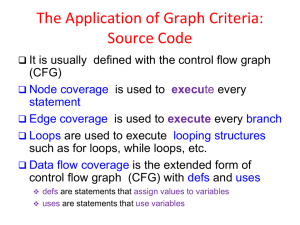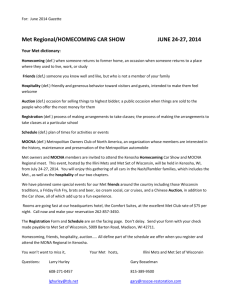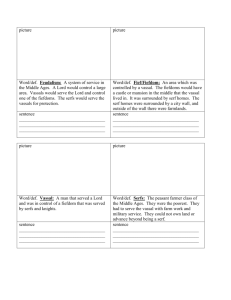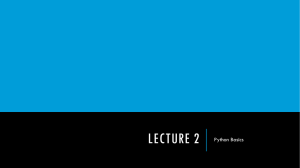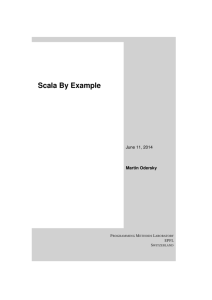Practice Problems for the Paper-and-Pencil Part - Rose
advertisement
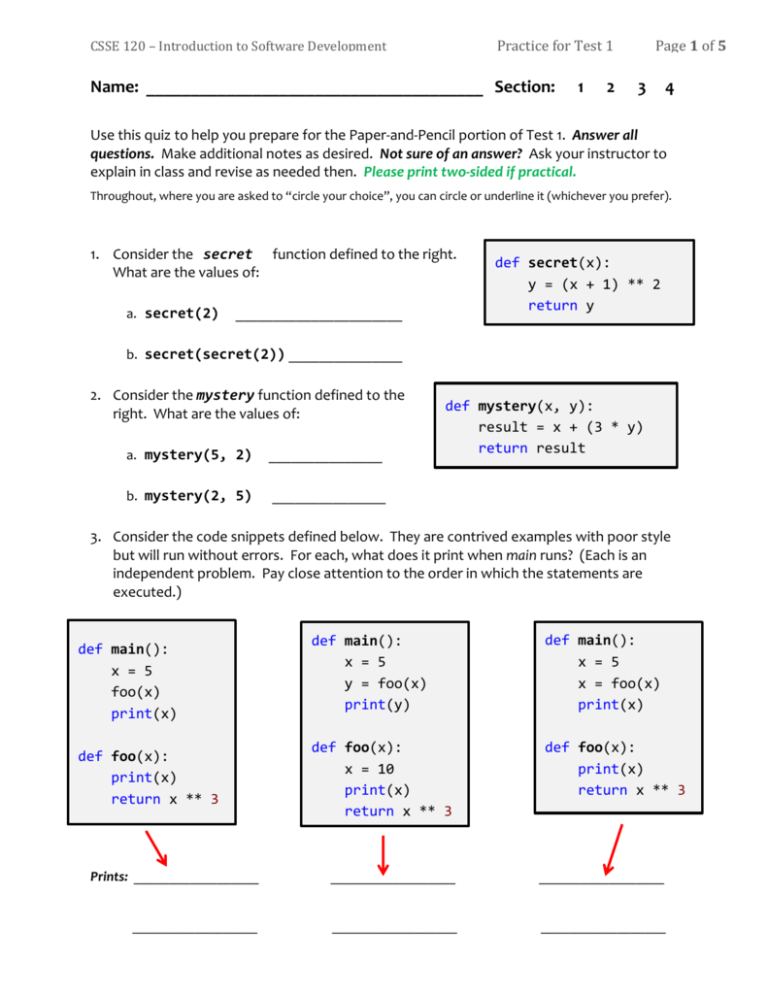
Practice for Test 1
CSSE 120 – Introduction to Software Development
Name: ______________________________________ Section:
1
2
Page 1 of 5
3
4
Use this quiz to help you prepare for the Paper-and-Pencil portion of Test 1. Answer all
questions. Make additional notes as desired. Not sure of an answer? Ask your instructor to
explain in class and revise as needed then. Please print two-sided if practical.
Throughout, where you are asked to “circle your choice”, you can circle or underline it (whichever you prefer).
1. Consider the secret function defined to the right.
What are the values of:
a. secret(2)
______________________
def secret(x):
y = (x + 1) ** 2
return y
b. secret(secret(2)) _______________
2. Consider the mystery function defined to the
right. What are the values of:
a. mystery(5, 2)
_______________
b. mystery(2, 5)
_______________
def mystery(x, y):
result = x + (3 * y)
return result
3. Consider the code snippets defined below. They are contrived examples with poor style
but will run without errors. For each, what does it print when main runs? (Each is an
independent problem. Pay close attention to the order in which the statements are
executed.)
def main():
x = 5
foo(x)
print(x)
def foo(x):
print(x)
return x ** 3
def main():
x = 5
y = foo(x)
print(y)
def main():
x = 5
x = foo(x)
print(x)
def foo(x):
x = 10
print(x)
return x ** 3
def foo(x):
print(x)
return x ** 3
Prints: __________________
__________________
__________________
__________________
__________________
__________________
CSSE 120 – Introduction to Software Development
Practice for Test 1
Page 2 of 5
4. What is the value of each of the following expressions?
7 // 4
3.0 // 4.0
3 / 4
7 % 2
7 ** 2
'fun' + 'ny'
'hot' * 5
5. For each of the following code snippets, what does it print?
(Write each answer directly below its code snippet.)
a = 10
for k in range(3, 6):
a = a + k
print(a, k)
for j in range(0, 8, 2):
print(j)
b = 0
for k in range(10, 2, -1):
if (k % 3) == 2:
b = b + 1
print(b, k)
print(b)
6. For each of the following Boolean expressions, indicate whether it evaluates to True or
False (circle your choice):
True
False
not (5 < 7)
True
False
(7 < 5) or not (5 < 7)
True
False
(3 != 4) and (3 == 3)
True
False
(6 <= 6) or (3 == 2)
True
False
(6 <= 6) and (3 == 2)
True
False
not not False
CSSE 120 – Introduction to Software Development
Practice for Test 1
Page 3 of 5
7. For each of the following, write a range expression that produces the given sequence:
4, 5, 6, 7, 8
40, 50, 60, 70, 80
-6, -5, -4
-6, -7, -8
8. What gets printed when main is called in the program
shown to the right? (Pay close attention to the order in
which the statements are executed. Write the output in a
column to the left of the program.)
Output
def main():
a = 2
b = 3
foo1()
print(a, b)
foo2(a, b)
print(a, b)
foo3(a, b)
print(a, b)
def foo1():
a = 88
b = 99
def foo2(a, b):
a = 400
b = 500
def foo3(x, y):
x = 44
y = 55
9. True or False: As a user of a function (that is, as someone who will call the function),
you don’t need to know how the function is implemented;
you just need to know the specification of the function. True False (circle your choice)
CSSE 120 – Introduction to Software Development
Practice for Test 1
Page 4 of 5
10. List two reasons why functions are useful and important.
Reason 1: __________________________________________________________________
Reason 2: _________________________________________________________________
11. float versus int:
a. Write two Python constants – one an integer (int) and one a floating point number
(float) – that clearly shows the difference between the int and float types.
b. A Python int can have an arbitrarily large number of digits.
(circle your choice)
c. A Python float can represent an arbitrarily large number.
(circle your choice)
True
True
False
False
d. There is a limit to the number of significant digits a Python float can have.
(circle your choice)
True
12. int versus str: What does each of the following code snippets print or cause to happen
if the user types 5 in each case? (Write each answer to the side of its code snippet.)
x = input('Enter an integer: ')
print(x * 3)
y = int(input('Enter an integer: '))
print(y * 3)
z = input('Enter an integer: ')
print(z / 3)
False
CSSE 120 – Introduction to Software Development
13. Consider a function whose name is
this example:
Practice for Test 1
Page 5 of 5
print_string that takes two arguments as in
print_string('Robots rule!', 4)
The function should print the given string the given number of times. So, the above
function call should produce this output:
Robots rule!
Robots rule!
Robots rule!
Robots rule!
Write (in the space below) a complete implementation, including the header (def) line, of
the above print_string function.

